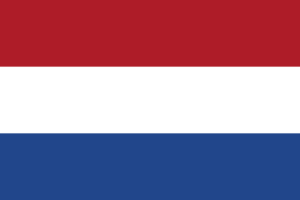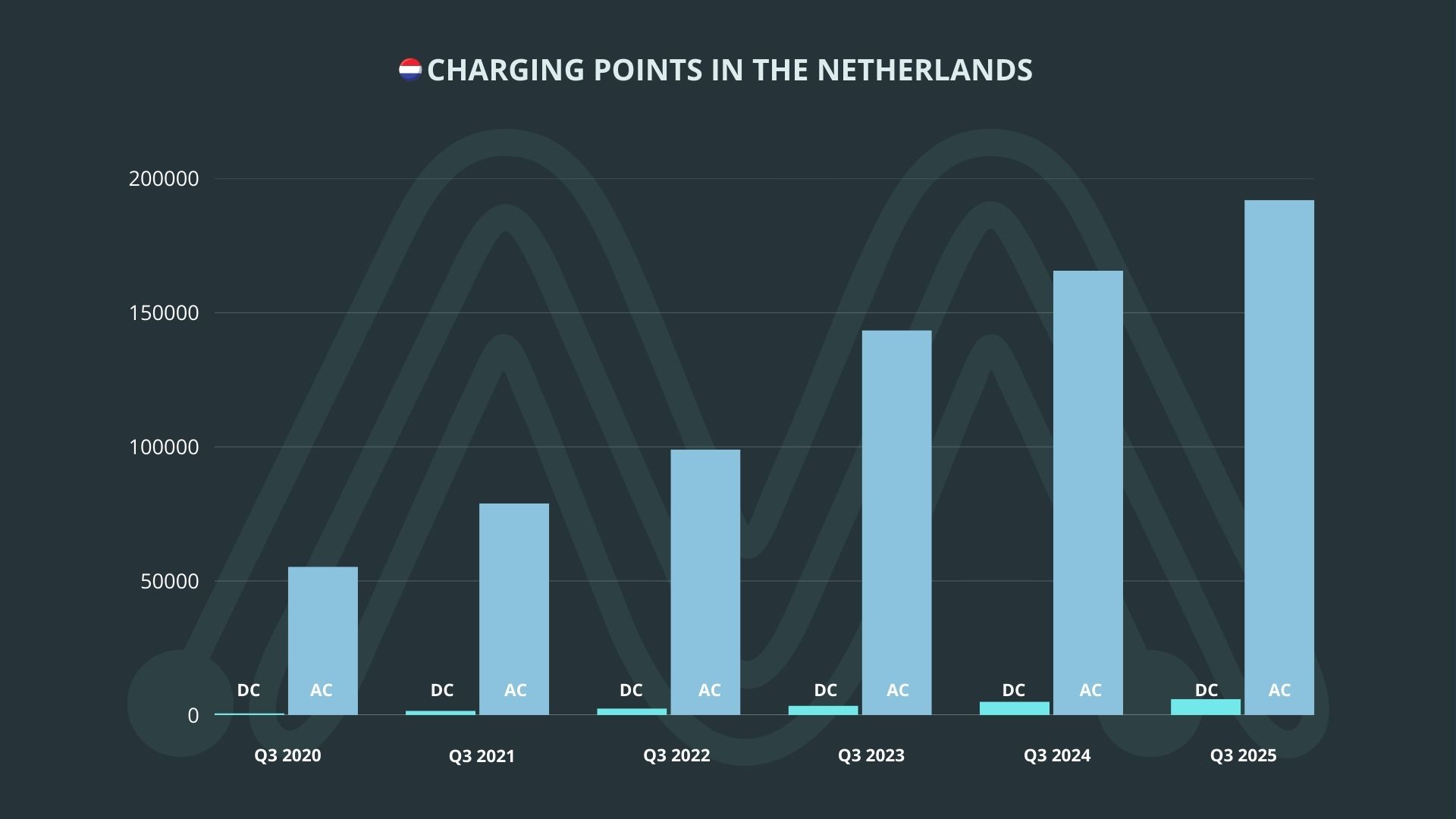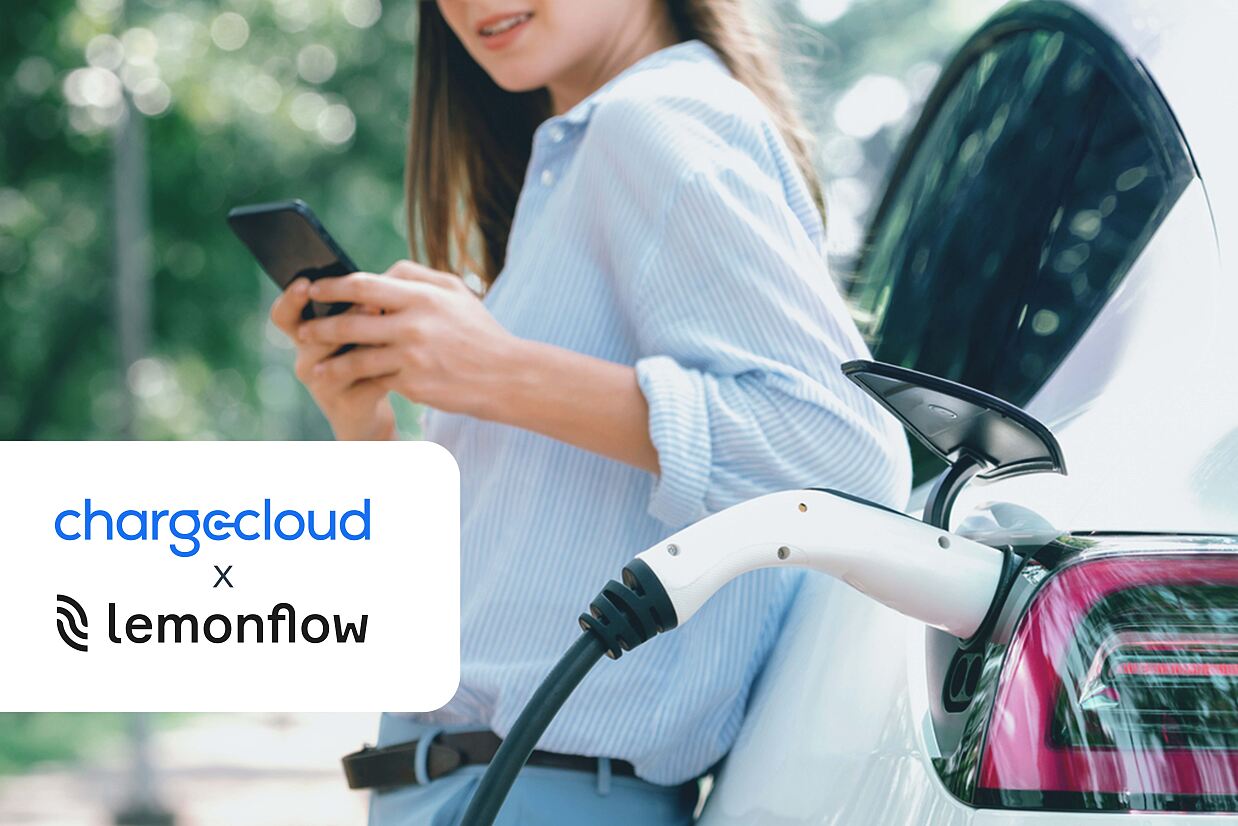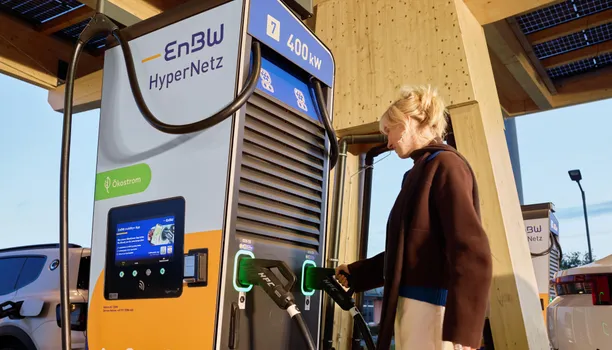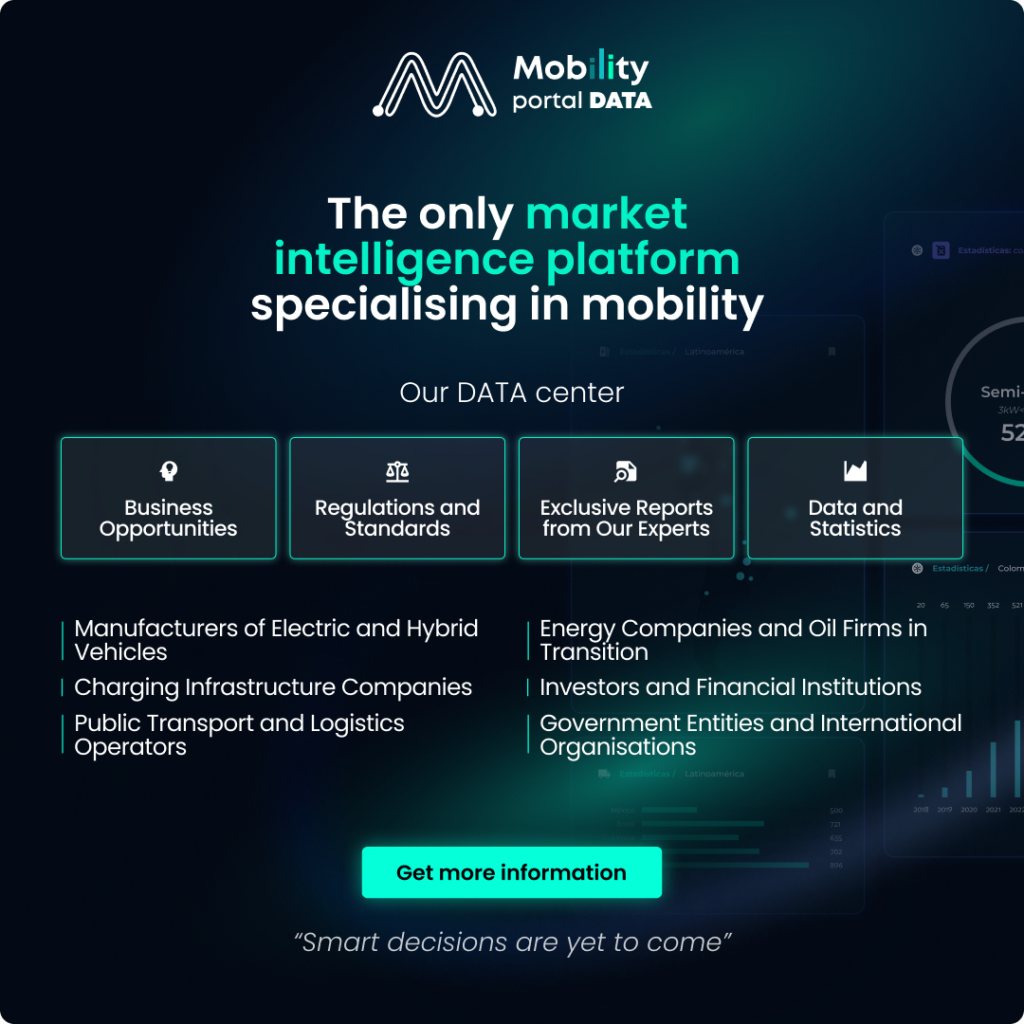The installation of charging points is progressing rapidly across the European Union (EU), aiming to meet the growing demand for electric vehicles (EVs).
In fact, the latest statistics show that the bloc has already surpassed one million installed devices.
The figures from the Netherlands make a significant contribution to that total, accounting for nearly 20% of the EU’s chargers.
As of the third quarter of 2025, the country has 198,029 charging points, according to the latest data published by the European Alternative Fuels Observatory (EAFO).
Of that total, 192,063 are alternating current (AC), while 5,966 are direct current (DC) units.
In terms of AC devices, 2,561 are slow, single-phase chargers (with a power output below 7.4 kilowatts); 186,483 are medium-speed, three-phase (ranging between 7.4 and 22 kilowatts); and 3,019 are fast, three-phase (exceeding 22 kilowatts).
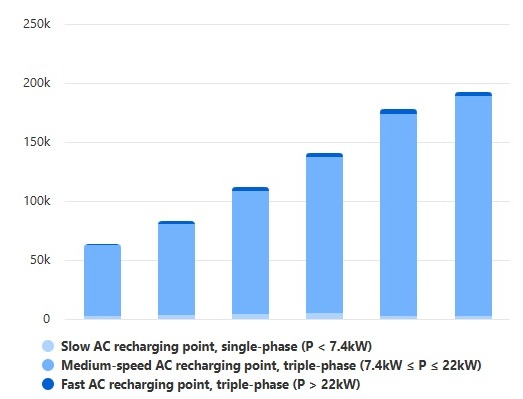
As for DC devices, 357 are slow chargers (below 50 kilowatts); 926 are fast (between 50 and 150 kilowatts); 3,869 are Level 1 ultra-fast (with a power output between 150 and 350 kilowatts); and 814 are Level 2 ultra-fast (providing 350 kilowatts or more).
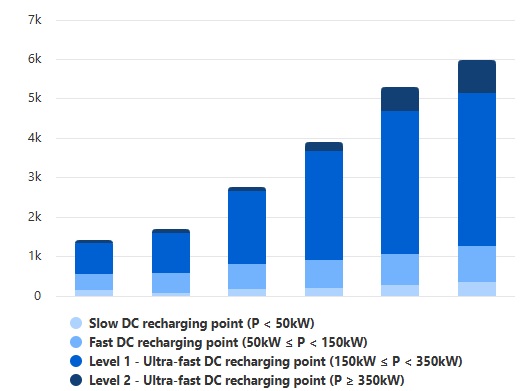

“In the Netherlands, the transition to EVs was envisioned around 10 to 15 years ago. That is why, despite challenges in the electricity grid, a solid infrastructure network has been successfully established,” explains Adrian Serna Tamez, Global Program Manager at CALSTART, in conversation with Mobility Portal Europe.
He adds: “With the roadmap set by the Government, they aim to ensure that the infrastructure rollout keeps pace with the transition.”
Incentives and local support: the Dutch model for expanding charging infrastructure
While no direct national financial benefits are expected in 2025, Dutch municipalities play a key role in expanding charging infrastructure.
In many cases, they offer free installation of public charging points upon request, making access to charging easier for private electric vehicle users.
In addition, homeowners’ associations (VvEs) can access subsidised advisory services for the installation of chargers in apartment complexes.
This is complemented by local incentives such as preferential parking, access to low-emission zones, and municipal grants aimed at improving the charging ecosystem.
According to the portal Nederland Elektrisch, various local governments and public bodies offer funding for those transitioning to electric driving, for both individuals and businesses.
Current programmes include:
SPULA
A grant for entrepreneurs installing public charging stations for heavy electric vehicles.
Offers up to 43,000 euros per station of over 350 kilowatts, and 80 euros per kilowatt hour of storage in stationary batteries.
Available from 13 May to 19 December 2025.
SPRILA
Aimed at small and medium-sized enterprises, as well as public transport operators.
Provides up to 37,200 euros per DC charging station of 350 kilowatts or more.
Available from 25 March to 19 December 2025.
SVVE
Advisory subsidy for homeowners’ associations (VvEs) wishing to install charging infrastructure in residential buildings.
Valid until 31 December 2027, with a total budget of ten million euros.
The Netherlands expects to multiply the demand for chargers eightfold by 2030
The Netherlands boasts one of the densest charging networks in the world and remains a European leader in electromobility.
The Government aims for all new vehicles to be emission-free by 2030, which necessitates an accelerated expansion of charging infrastructure.
The exponential growth in electric vehicle adoption presents a logistical and technical challenge: it is estimated that the demand for chargers will increase eightfold by 2030.
To address this challenge, the National Charging Infrastructure Agenda was developed – a multi-year roadmap supported by the 2019 Climate Agreement.
This policy, jointly created by the Government, regional authorities and the private sector, aims to ensure a robust, strategic, and scalable charging network.
Its key priorities include high territorial coverage; ptimised location planning based on data analysis, accessible and transparent information on availability and pricing, diversification of chargers according to vehicle type and usage, and infrastructure compatible with future technologies and smart charging systems.
“The Netherlands has a comprehensive system of programmes. It’s about ensuring charging infrastructure is developed, beyond simply offering subsidies or incentives,” notes Serna Tamez.
DISCOVER MOBILITY PORTAL DATA
Explore Mobility Portal Data, a new exclusive market intelligence platform offering reliable data and key reports to support smart decision-making across the entire automotive sector — covering both combustion and electric vehicles as well as charging infrastructure.
Research, trend analysis, and well-structured statistics are presented with clarity and precision, along with up-to-date insights, all just a click away.
With Mobility Portal Data, the best decisions are just around the corner.
READ MORE
-
chargecloud Expands Marketplace with AI-Based Support: Cooperation with Lemonflow Technologies
The integration brings 24/7 AI-powered user support, fully embedded into the chargecloud ecosystem, aiming to enhance operational efficiency and service quality for CPOs across Europe.
-
EV transition in Europe slows, but momentum remains after EU climbdown
EU policy flexibility may ease short-term pressure on automakers, yet rising EV sales, infrastructure needs and long-term investment signal that electrification remains the industry’s core trajectory.
-
EnBW and Alpitronic strengthen long-term partnership to scale high-power charging across Germany
The agreement covers fast-charging hardware, joint development of future functionalities and a multi-year maintenance framework to support EnBW’s expanding HPC network.




